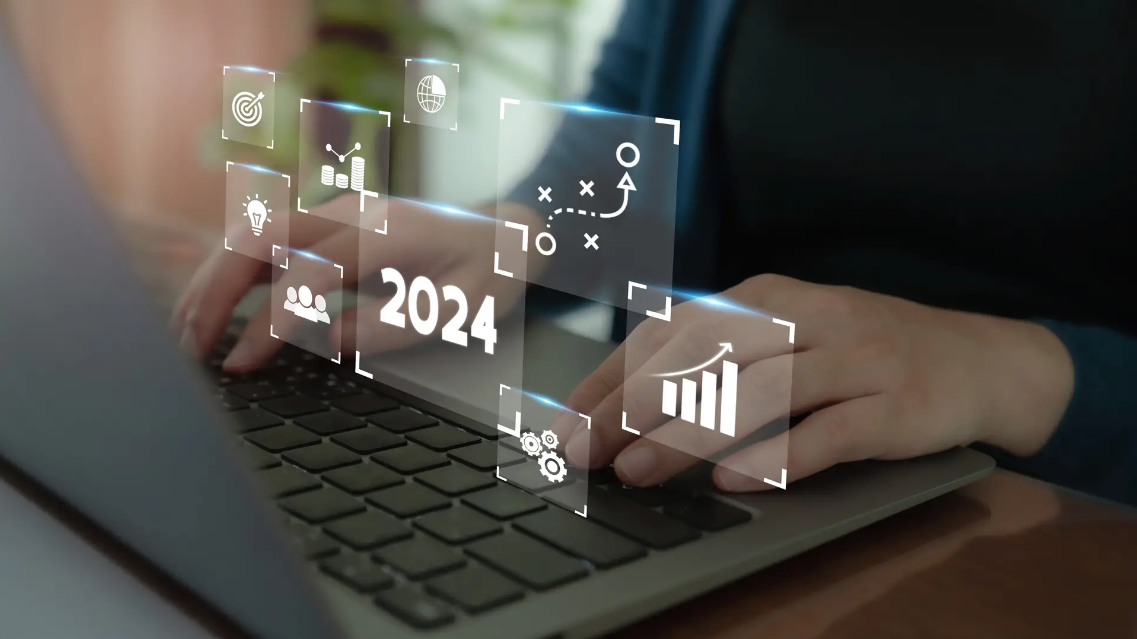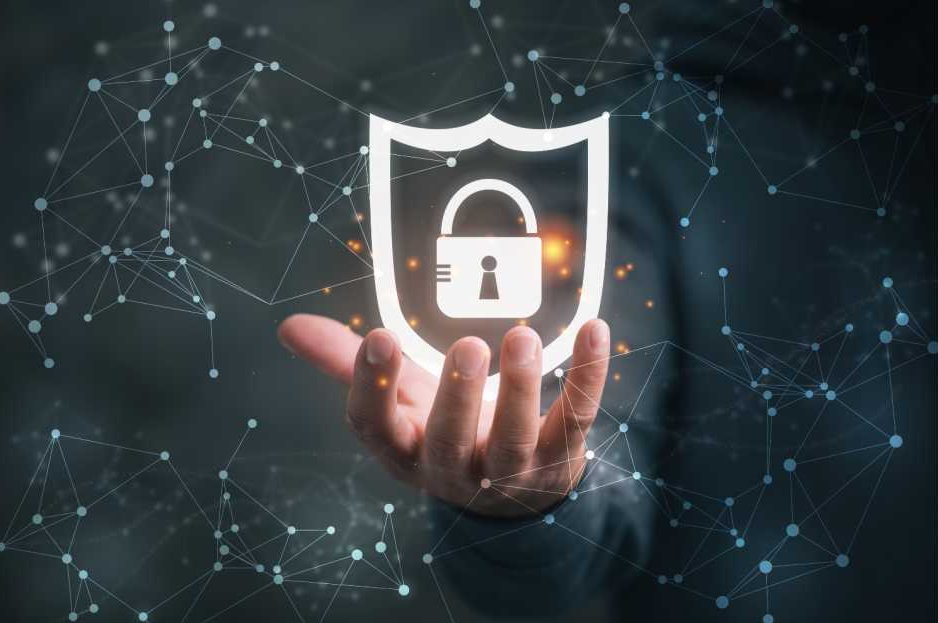Cybersecurity Trends 2024: Emerging Threats and Defensive Strategies
As technology advances, so has the rise in threats to cybersecurity.Should everything go as planned in 2024 and with an increasingly interconnected digital landscape, the coming year will present new opportunities for individuals and organizations.But the future calls on us to be able to deal with any contingency that arises.Without realizing these emerging threats and taking precautions against them, companies can do little.
As a result, their sensitive data will be exposed to attack and made public knowledge. This is one risk too many for a company not to see itself through the period of transition and into safety on the other side if they should be caught unprepared now, I feel.The spread of such software is one of the major threats in 2024.
Every theft of precious data or critical system file is a symbol of the hackers’ success. This can mean the toils of an entire year and perhaps even your whole business being vanquished in one fell swoop by a single hack.All these attacks are aimed at encrypting crucial data and then blackmailing money from the victim to decrypt it for him.By 2024 ransomware attacks will be more targeted and more devastating.
Attacked AI and automation will enable attackers both to identify system defenses’ermagentaably weak spots and to achieve maximum efficiency with their operation.Organizations need to have solid backup strategies, such as regular software updates and teaching staff about ransomware security measures if they want to avoid this kind of attack.A related threat now is the spread of phishing attacks and social engineering techniques.
Phishing is still one of the most commonly used methods by cyber criminals to obtain sensitive information or unauthorized access to computer systems.In 2024, phishing attacks are only going to get subtler. With the recent development of AI algorithms for real-time decision-making, it is possible to create fake emails and Websites that look and feel very real.Tactics for combating this kind of attack are to make sure your staff is well educated about what makes up one of these attempts, to adopt email systems that are equipped with multi-factor authentication (MFA) and advanced filtering software— software that can both detect phishing attacks and not spread them.
As the IoT ecosystem continues to grow, more things are being connected to it. This increases the attack surface that cyber threats can seize on. The Internet of Things has little security. And from smart home gadgets like thermostats to sensors for city infrastructure, it is businesses which are often left open vulnerabilities in one way or another.
In the coming year, 2024, keeping IoT devices secure will be an important topic. Cybercriminals attack these devices through their poorly-secured vulnerabilities using botnets to launch DDoS (distributed denial-of-service), commit data breaches, and carry out physical sabotage. Organizations and manufacturers must make security a priority. Updating the firmware of an IoT device regularly helps keep it protected and separate from sensitive systems.
In the cloud era, the reincarnation of work-from-home is wiping out any corporate network edge. Unauthorized entries are much more likely, with data leaks again incurring costs. Over the subsequent two years, 2024, security for cloud environments where models make no presumptions about who can access data now and employ best-of-breed encryption policies will ensure sensitive company information is kept safely and meet its compliance liabilities.
In addition, the universal adoption of cloud services and a new, mixed working environment pose further threats to cyber security. The push towards working from home, which a shot in the arm COVID-19 gave it, shifted the corporate network perimeter to an extension of one’s home.
During 2024, the Security of cloud environments putting into effect zero-trusted models as well using top force encryption protocols will all be necessary means–as it is for keeping sensitive company data protected from prying eyes and also meeting legislatively mandated responsibilities. In order to address these emerging threats effectively, organizations will need a comprehensive cybersecurity strategy that includes threat intelligence and continuous monitoring, coupled with proactive incident response. It was necessary last year for cybersecurity professionals, government agencies and industry stakeholders to work together sharing threat intelligence and best practices so that they could stay ahead of an ever-changing cyber attack landscape.
The threat of the bad person is always at our doors. It existed in 2024 too, either as early malice or as advancing technology in digital security.Only evolving threats and defence strategies that can adapt to today’s threats can meet the cybersecurity requirements of tomorrow. from the ever-more sophisticated attacks such as ransomware to phishing tricks involving the use of artificial intelligence over IoT and combination or partial work environments innate security challenges abound, and businesses need to bear this fact in mind at all times if they are serious about protecting their digital assets.By laying a solid foundation of real cyber security, strengthening employee training and creating a culture rooted in cyber resilience, organizations can lessen their risk factor and protect themselves against a constantly shifting threat landscape.










